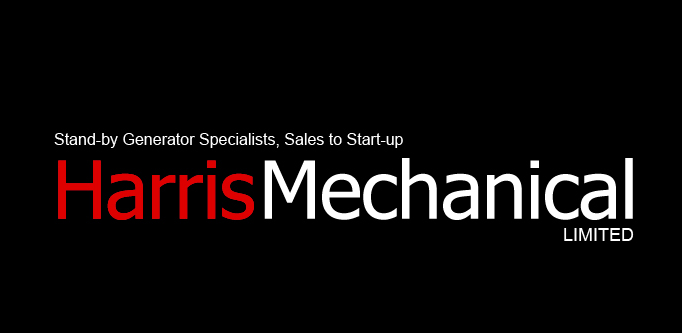Just a few years ago, the thought of owning a stand-by generator seemed preposterous.
Now ending up with no electricity because of a power failure is all too common.
Many home and business owners don’t like the frustrations and the expense of a power loss.
Record numbers of stand-by generators are being installed to protect families and investments.
The concept of a stand-by generator is quite simple.
Stand-by generators are permanently installed outside in a weather proof, sound attenuated enclosure.
Air conditioners & furnaces run on electric motors, which don’t work during a power outage.
Stand-by generators have engines instead.
These systems can be attached to your natural gas line, liquid propane tank or a diesel or gas tank.
Then they generate electricity as long as fuel is supplied.
Generators use an automatic transfer switch to monitor your utility power.
When it goes out the automatic transfer switch turns on your generator - wether you are there or not - and then it automatically shuts it off when power is restored.
Unlike portable generators, stand-by generators operate automatically with no human intervention.
No generator to move.
No power cords to connect. In some cases no fuel tanks to fill.
One of the biggest misconceptions about stand-by power is that they restore power to the entire house.
Your first step in picking a stand-by generator is to determine if you want to power your entire home or business or just the critical circuits.
Every home and business is unique,. We need to calculate the wattage for each circuit.
You need to focus on your high-powered appliances, such as your central air conditioners, heat pumps or well pumps.
Unexpected power outages have become more frequent and unpredictable things have been happening with our weather.
Smart home and business owners are choosing stand-by power as an option in case of unexpected power loss.

Flyers Online
Canada Stores & Savings
Canada Stores & Savings

Harris Mechanical

About Harris Mechanical

Quick search
Your Favorites

Printed from Flyers-Online.com
 Walmart Canada
Walmart Canada Food Basics
Food Basics Real Canadian Superstore
Real Canadian Superstore M&M Food Market
M&M Food Market Independent
Independent Canadian Tire
Canadian Tire Foodland
Foodland Bowring
Bowring Metro
Metro The Bay
The Bay